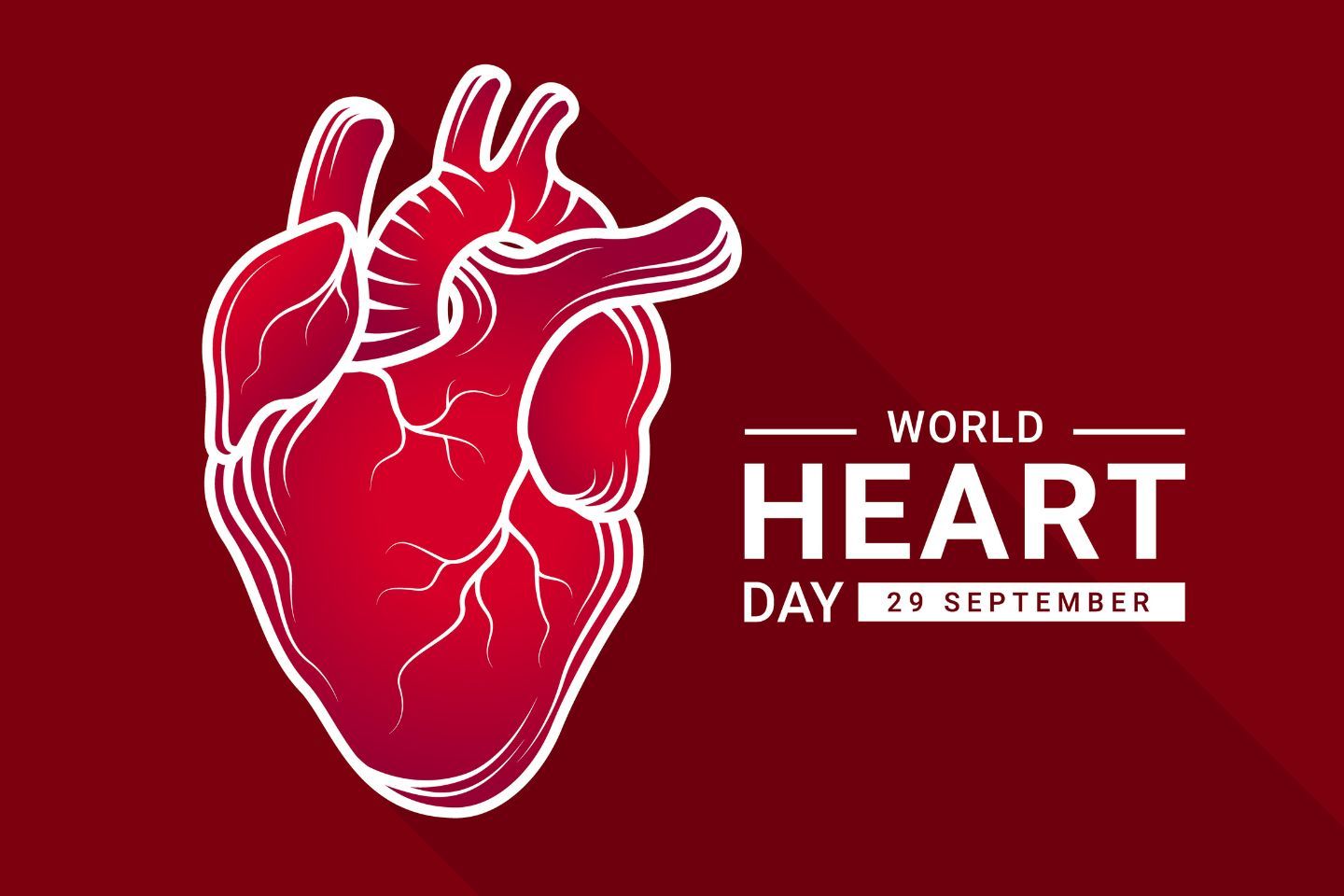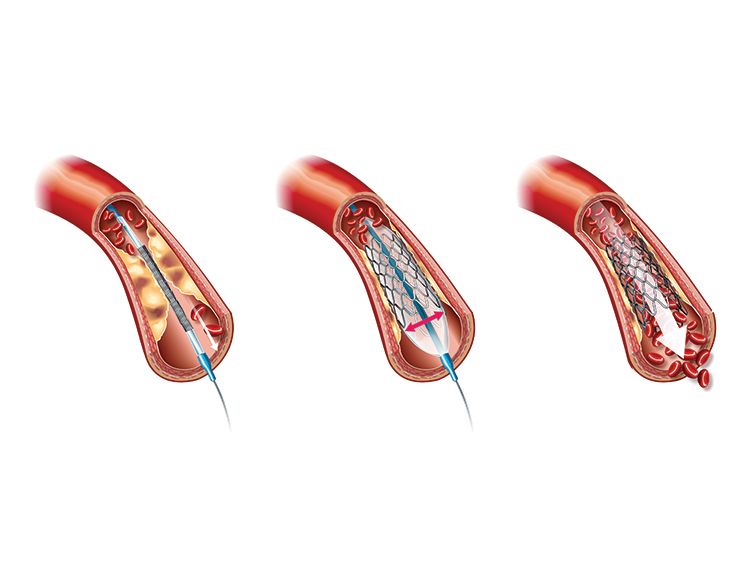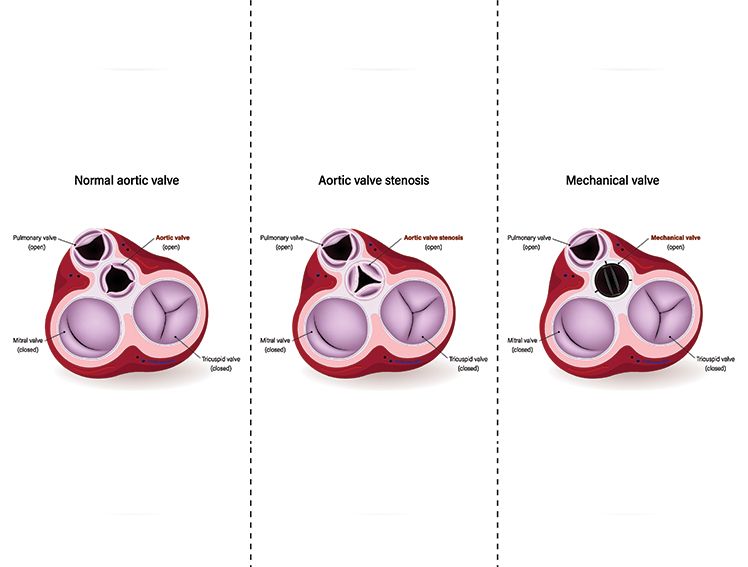
World Heart Day 2025: Why Prevention is the Best Cure for Heart Disease
Introduction
Heart diseases are one of the leading causes of death around the world, and India is no exception. The saying 'Prevention is better than cure' very well applies to diseases related to the heart. As we mark World Heart Day 2025, it's important that we remember that the best way to fight against these cardiovascular illnesses is by preventing them. While medical science has advanced with minimally invasive procedures and cutting-edge cardiac care technologies, simple daily lifestyle choices remain the first and most effective line of defence.
This World Heart Day, the message is clear: prevention is not just better, but truly the best cure for heart disease.
Why World Heart Day Matters?
World Heart Day, observed on 29 September each year, unites people worldwide in the fight against heart disease.
In India, cardiovascular disease accounts for nearly one in four deaths.[1]
Globally, more than 17 million lives are lost annually to heart-related conditions.[2]
The 2025 theme highlights how awareness, lifestyle changes, and access to healthcare can save lives.
World Heart Day reminds us that while preventing disease is a personal responsibility, it is also a collective mission.
Understanding Heart Disease and Its Risk Factors
Heart disease refers to a broad group of conditions that impact the structure and function of the heart. These conditions can develop over time or be present from birth, and they remain a leading cause of illness worldwide.
Types of Heart Disease
Blood vessel disease (Coronary Artery Disease)
Irregular heartbeats (Arrhythmias)
Congenital heart defects
Disease of the heart muscle (Cardiomyopathy)
Heart valve disease[3]
Why Risk Factors Matter
Certain everyday habits and health conditions can raise your chances of developing heart disease. High blood pressure and high cholesterol can quietly damage your arteries, while diabetes adds extra strain on the heart. Smoking and heavy drinking harm your blood vessels, and being overweight from a poor diet or lack of exercise makes the heart work harder. Even stress, if constant, can take a toll on heart health.
By being aware of these risks and making small lifestyle changes, you can greatly lower your chances of heart problems in the future. Here's a table that will help you prevent the disease if you have any of these risks:
Risk Factor | Preventive Action |
High blood pressure | Regular BP checks, reduce salt intake |
High cholesterol | Limit saturated fats, increase fibre |
Diabetes | Monitor sugar levels, healthy diet |
Smoking & tobacco use | Complete cessation |
Sedentary lifestyle | At least 30 minutes of daily activity |
Stress | Meditation, yoga, adequate sleep |
The Role of Prevention in Heart Health
Simple daily choices and lifestyle habits can have a big impact, helping to reduce the likelihood of heart attacks, high blood pressure, and other cardiovascular problems. The table below highlights some practical preventive actions and how they help protect your heart.
Preventive Action | How It Reduces Risk[4] |
Regular exercise | Strengthens the heart muscle, improves blood circulation |
Balanced diet (low salt, sugar) | Controls cholesterol and blood sugar levels |
Avoiding smoking & limiting alcohol | Reduces artery damage and lowers heart attack risk |
Managing stress & getting sleep | Helps maintain healthy blood pressure and hormone balance |
Maintaining a healthy weight | Reduces strain on the heart and risk of obesity-related problems |
These preventive steps can be grouped into two main approaches. Primary prevention focuses on building healthy habits before any illness begins, such as regular exercise and balanced nutrition. Secondary prevention applies when risks are already present, involving timely health checks, tests, and doctor-guided care. Together, they highlight that prevention is a lifelong journey, not a one-time action.
Minimally Invasive Heart Procedures and Their Role
Medical science has transformed how we treat cardiovascular disease, offering procedures that reduce pain, shorten hospital stays, and improve outcomes.
Examples of Minimally Invasive Cardiac Procedures
Angioplasty: opening blocked arteries with balloons and implanting a stent.
Valve replacement: repairing or replacing faulty heart valves without open-heart surgery.
With minimally invasive procedures, patients experience smaller cuts, minimal scarring, faster recovery, and lower chances of infection. While these procedures save lives, they should never replace preventive care; prevention reduces the need for intervention in the first place.
The Power of Regular Health Check-Ups
The heart conditions that do not have many signs or symptoms, like high blood pressure, high cholesterol, or diabetes, often go unnoticed until a serious event occurs. Regular screenings can detect these risks early. These are tests you should include in your health check-ups:
Blood Pressure Monitoring
High blood pressure often develops silently; regular BP checks help detect hypertension early, allowing lifestyle changes or medications to keep it in control.
Cholesterol Profile (Lipid Panel)
This measures LDL ("bad" cholesterol), HDL ("good" cholesterol), total cholesterol, and triglycerides.
Blood Sugar Test
Elevated blood glucose can signal pre-diabetes or diabetes are strongly linked to heart disease.
Electrocardiogram (ECG)
An ECG records the heart's electrical activity. It can detect irregular heart rhythms, previous silent heart attacks, and other abnormalities that may require immediate medical care.
Echocardiogram or Stress Test
For people with symptoms or risk factors, these tests give deeper insights. An echocardiogram uses ultrasound to visualise heart function, while a stress test evaluates how the heart performs under physical exertion. Both help doctors identify early warning signs before a major event occurs.
Screening Frequency by Age
Below 30 years: once every 2–3 years if healthy.
30–40 years: once every 1–2 years.
40+ years or high-risk groups: annually.
Preventive health check-ups act as early warning systems, often making treatment simpler and more effective.
Innovations in Cardiac Care: When Prevention Meets Technology
Technology has revolutionised the prevention, early detection, and treatment of heart disease. By merging prevention with innovation, healthcare is shifting from reactive to proactive.
Wearable devices: like smart watches and rings, can track heart rate, average blood pressure, and oxygen levels in real-time.
AI-based diagnostics: predict cardiac events using big data and algorithms.
Portable ECG devices: make heart rhythm testing more accessible.
Advanced imaging tools: can provide images giving the doctors highly accurate information for early detection.
Heart Health Innovations by Meril Life Sciences
Meril Life Sciences is at the forefront of advancing cardiac care with solutions that combine innovation, safety, and patient-focused design. Our portfolio spans multiple categories, addressing prevention and treatment to complement a heart-healthy lifestyle. Here are a few:
1. Coronary Interventions: Meril offers a range of drug-eluting stents, including BioMime™, BioMime Morph™, Evermine50™, Mozec™ SEB, BioMime Branch™, and bioresorbable stent MeRes100™ made to keep arteries open.
2. Heart Valve Therapies: Meril's MyClip™ Transcatheter Edge-to-Edge Repair (TEER) System is indicated for mitral valve regurgitation in high-risk patients, while the Myval™ Transcatheter Heart Valve (THV) is designed for transcatheter aortic valve replacement (TAVR) in patients with severe aortic stenosis. Both offer minimally invasive alternatives for patients unsuitable for open-heart surgery.
Through these innovations, Meril Life Sciences bridges the gap between prevention and treatment, empowering patients with advanced care and early risk management.
Conclusion
World Heart Day 2025 reminds us that every heartbeat matters. While technology and advanced medical procedures provide hope, the real cure lies in prevention. This year, let's commit to healthier habits, stay informed about risks, and embrace the preventive approach. With prevention as our guiding principle and innovation as our ally, a healthier heart is within everyone's reach.



